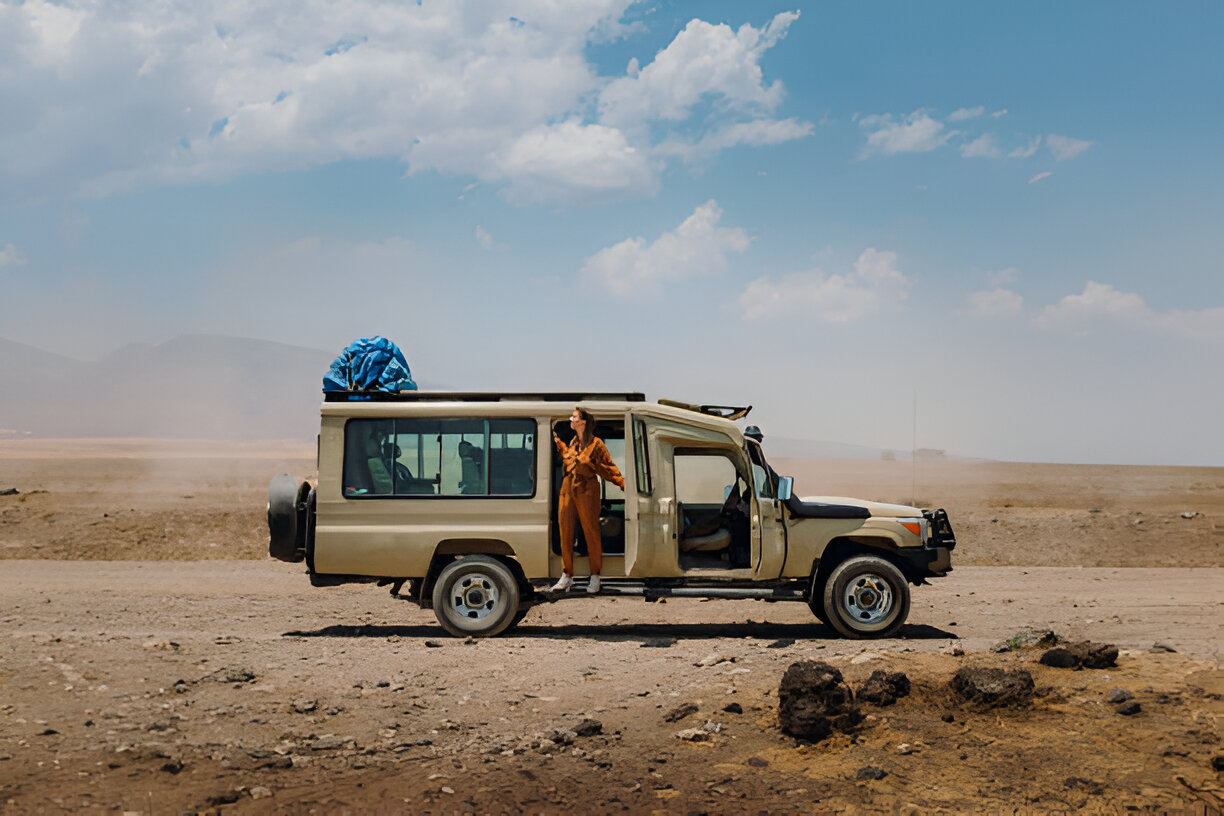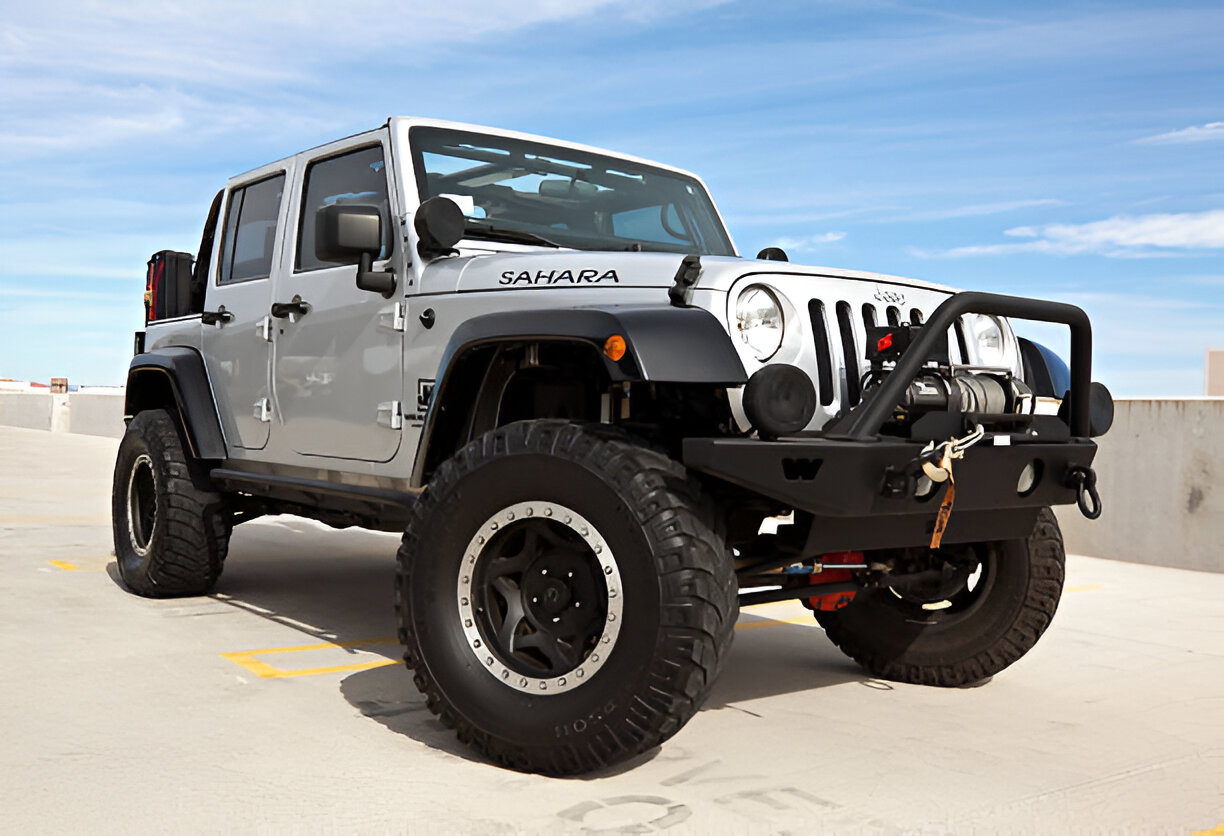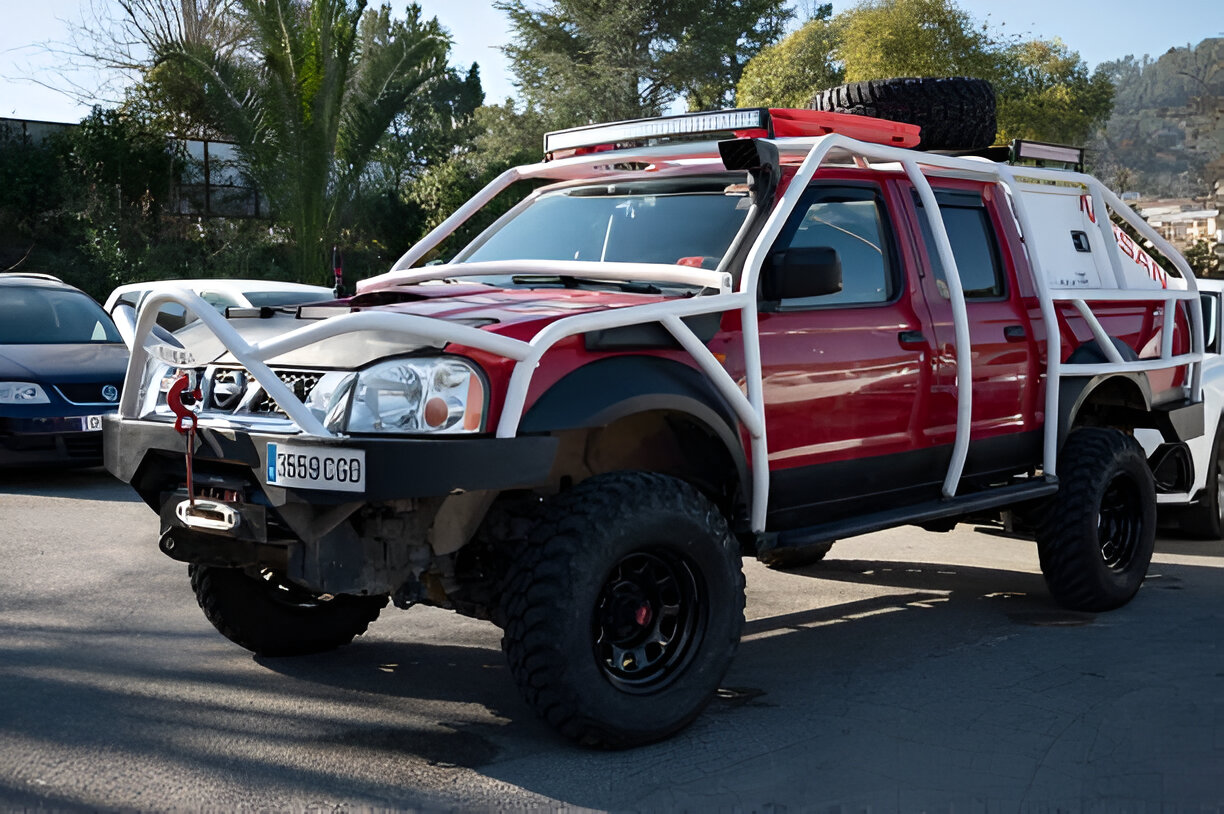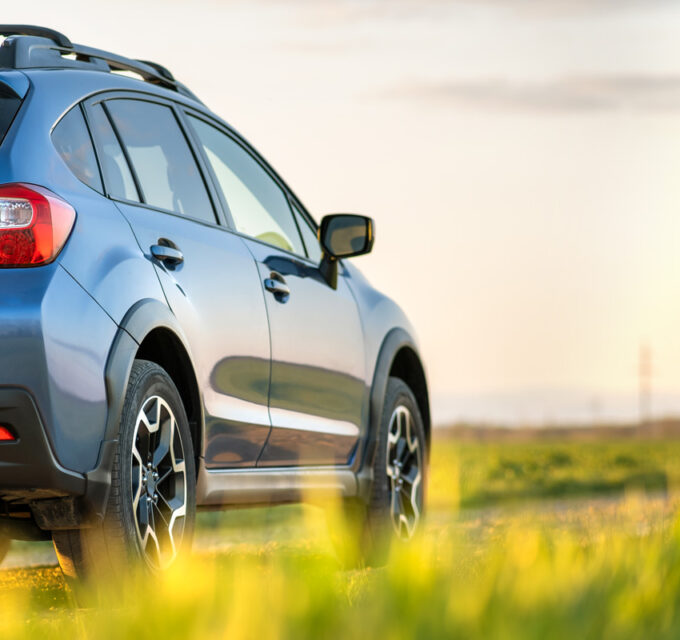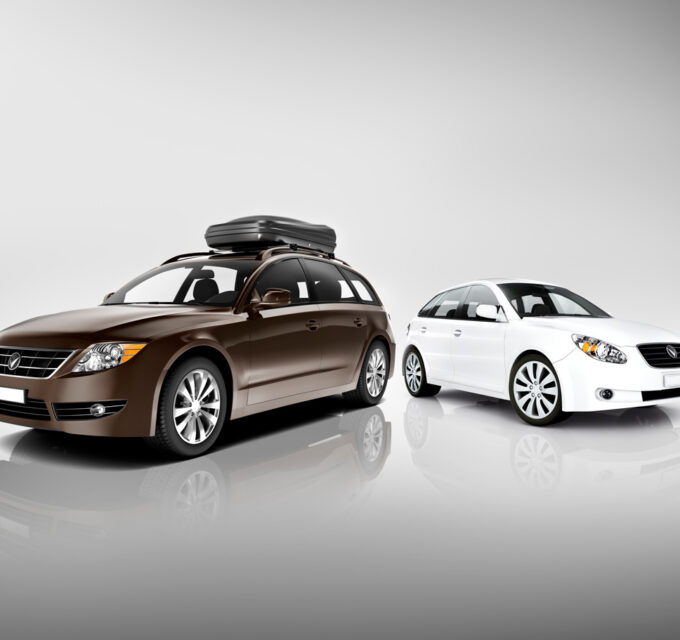Exploring the great outdoors with a 4×4 vehicle is the ultimate adventure for camping and overlanding enthusiasts. Whether you’re heading into remote wilderness or setting up camp in the heart of nature, having the right 4×4 can make all the difference. This guide explores the best 4×4 vehicles for camping and overlanding and offers tips for making the most of your outdoor experience.
1. Best 4×4 Vehicles for Camping and Overlanding

Not all 4×4 vehicles are created equal when it comes to rugged terrain, off-road capabilities, and versatility. Here are some of the top-rated 4x4s for camping and overlanding adventures.
A. Toyota Land Cruiser
- Why It’s the Best: The Toyota Land Cruiser is renowned for its off-road performance, reliability, and long-distance travel capabilities. With robust 4WD systems, advanced off-road tech, and a spacious interior, it’s the go-to choice for overlanders seeking comfort and durability in rough conditions.
- Pros: Extreme durability, long-distance comfort, massive cargo capacity.
- Cons: High price, fuel consumption.
B. Jeep Wrangler Rubicon
- Why It’s the Best: Known for its legendary off-road prowess, the Jeep Wrangler Rubicon excels on challenging terrains. Its rugged design, locking differentials, and high ground clearance make it perfect for overlanding through rocky paths or muddy tracks.
- Pros: Outstanding off-road capability, customizable features, removable roof for open-air camping.
- Cons: Limited interior space for cargo, stiff ride on highways.
C. Land Rover Defender
- Why It’s the Best: The Land Rover Defender blends classic off-road ability with modern luxury, making it one of the best options for adventure travelers who want comfort without sacrificing performance. Its advanced terrain response system and solid build make it a favorite among overlanders.
- Pros: Stylish design, superb off-road tech, luxury interior.
- Cons: Expensive, smaller cargo space compared to competitors.
D. Ford Ranger Raptor
- Why It’s the Best: The Ford Ranger Raptor is an excellent choice for off-road adventures, boasting a powerful engine and a suspension system built for challenging terrains. With good towing capabilities and advanced driving aids, it’s a versatile vehicle for campers and overlanders alike.
- Pros: Powerful engine, great suspension for tough terrains, roomy.
- Cons: Larger size makes tight trails challenging, limited aftermarket support compared to others.
E. Toyota Hilux
- Why It’s the Best: The Toyota Hilux is a popular overlanding pick due to its robustness, reliability, and affordable price point. With its impressive load capacity and 4×4 capability, it can handle rough trails, and its versatility makes it perfect for both work and play.
- Pros: Affordability, durability, and great for both on-road and off-road performance.
- Cons: Less luxurious than other models, fewer high-tech features.
2. Tips for Camping and Overlanding with Your 4×4

Once you’ve selected the perfect 4×4 for your adventures, it’s time to start planning your camping and overlanding experience. Here are essential tips for making the most of your journey into the wild.
A. Plan Your Route and Campsites in Advance
- Research Destinations: Before heading out, research the terrain and campsite facilities. Determine if the trails require high-clearance vehicles or if there are seasonal weather conditions to consider.
- Check Local Regulations: Ensure you have the appropriate permits, especially if you’re traveling through national parks or protected areas.
- Plan Fuel Stops: In remote areas, fuel stations might be sparse. Carry extra fuel containers and always have a backup plan for refueling.
B. Pack Smart: Gear and Essentials
Packing the right gear can make or break your overlanding experience. Here are some must-have essentials:
- Camping Equipment: Include a high-quality tent, sleeping bags, cooking equipment, and foldable chairs. Opt for lightweight and durable camping gear to save space and weight.
- Navigation Tools: While GPS is handy, always have a backup in the form of paper maps or offline GPS systems in case you lose connectivity in remote areas.
- Tool Kit and Recovery Gear: A basic tool kit, recovery tracks, a winch, and a jack are essential for tackling unexpected breakdowns or getting stuck in difficult terrain.
C. Vehicle Preparation for Off-Roading
- Check Your Tires: Equip your vehicle with off-road tires that can handle rocky, sandy, or muddy conditions. Always check the tire pressure before you set off.
- Install a Roof Rack or Trailer: If you need extra cargo space, consider installing a roof rack or trailer for items like extra fuel, water tanks, or larger gear.
- Light Up the Night: Equip your 4×4 with strong LED light bars for better visibility during night drives or for setting up camp in the dark.
D. Set Up the Perfect Camp
- Choose the Right Spot: Look for flat, stable ground to park your 4×4, and be mindful of potential hazards like falling branches or flooded areas.
- Organize Your Camp Kitchen: Set up a portable stove or grill and prepare easy, one-pot meals to save time. A portable fridge or cooler is handy for keeping food fresh, especially on longer trips.
- Stay Sustainable: Leave no trace by packing up all your trash and ensuring you camp responsibly without disturbing wildlife or natural resources.
E. Safety Considerations
- First Aid Kit: Always carry a well-stocked first aid kit, including basic medication, bandages, antiseptic, and any personal medical supplies.
- Stay Connected: In case of emergency, carry a satellite phone or two-way radio if you’re venturing into remote areas with no cell service.
- Weather Awareness: Keep an eye on the weather forecast, as sudden storms or extreme conditions can impact the trails and camping experience.
3. Budgeting for Your Overlanding Adventure
While overlanding allows for freedom and exploration, it’s essential to budget wisely for your trip. Here are some key expenses to consider:
- Fuel Costs: Off-roading can consume more fuel than regular driving, especially on challenging terrains. Be mindful of how far you plan to travel and calculate fuel stops accordingly.
- Camping Fees: Some campsites may charge fees for overnight stays, while dispersed camping (wild camping) on public land is often free.
- Maintenance and Repairs: Overlanding can take a toll on your vehicle. Set aside funds for unexpected repairs or maintenance like tire replacements, suspension checks, and oil changes.
4. Overlanding Etiquette and Environmental Responsibility
When overlanding, it’s crucial to respect nature and practice responsible camping. Follow these guidelines to ensure a positive impact:
- Tread Lightly: Stick to designated trails to avoid damaging the landscape. Avoid driving through sensitive ecosystems, like wetlands or fragile desert areas.
- Pack Out What You Pack In: Always take your trash with you and properly dispose of waste when you find facilities.
- Respect Wildlife: Admire animals from a distance and never feed them. Avoid loud noises and respect quiet zones, especially in national parks or wildlife reserves.
Embark on Your Overlanding Adventure
A successful camping and overlanding trip with a 4×4 vehicle requires thoughtful planning, the right gear, and respect for the environment. Whether you’re exploring the dense rainforests of Borneo, the mountains of the Cameron Highlands, or the sandy dunes of Terengganu, choosing the best 4×4 vehicle and following these tips will ensure your outdoor adventure is both thrilling and safe.
With the right preparation, your journey into the wild will offer unforgettable experiences, allowing you to reconnect with nature while enjoying the comfort and capability of your chosen 4×4.


